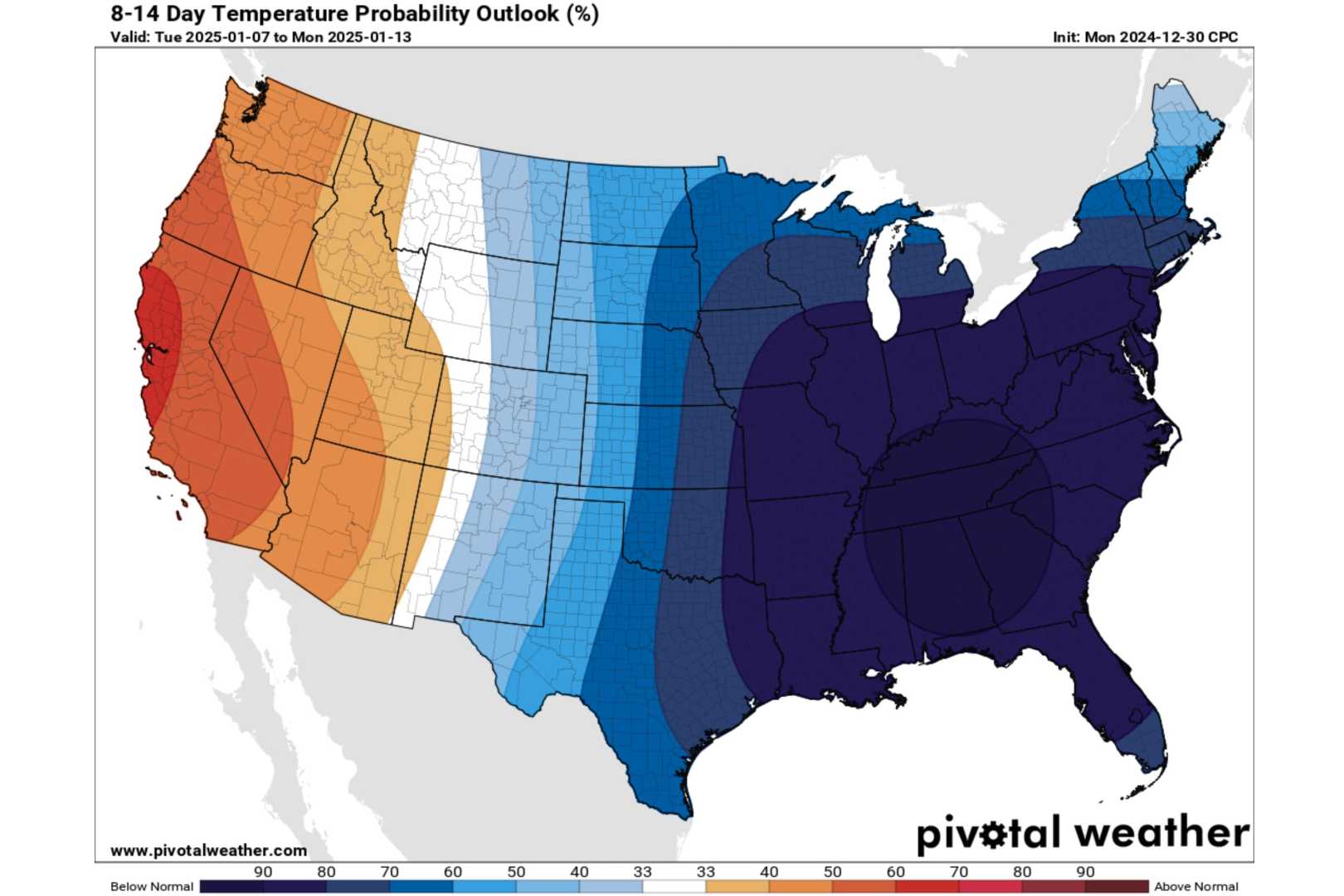News
Polar Vortex Brings Record Cold to U.S., Arctic Outbreaks Expected to Increase

WASHINGTON, D.C. — A polar vortex sweeping down from the Arctic has plunged much of the United States into its coldest temperatures of the season, with subzero conditions expected across the Midwest, Mid-Atlantic, and even parts of the South. The phenomenon, driven by a powerful Arctic weather system, is forecast to bring freezing temperatures and strong winds to regions from Montana to Nebraska, with the cold front moving eastward to major cities like Philadelphia.
The polar vortex, a massive circular upper-air weather pattern centered around the North Pole, typically keeps the coldest air confined to the Arctic. However, disruptions in the jet stream can cause parts of the vortex to break off and move southward, bringing frigid conditions to lower latitudes. This week, the National Oceanic and Atmospheric Administration (NOAA) predicted the polar vortex would shift south of the tropospheric jet stream over North America, leading to widespread cold outbreaks.
According to a study published in Environmental Research: Climate, such Arctic outbreaks are expected to persist in the coming decades, even as the Arctic region warms at a faster rate than the rest of the planet. The study highlights how climate change in mid-latitude regions can influence the polar vortex, triggering cold air outbreaks over the United States weeks or even months later.
NOAA’s Global Forecasting System model shows the polar vortex stretching southward, with temperatures in some areas expected to drop into the upper teens during the day. Strong wind gusts are also anticipated, exacerbating the cold conditions. The troposphere, where most weather occurs, extends up to about 6 miles above the Earth‘s surface, while the stratosphere, home to the polar vortex, lies between 6 and 31 miles above the surface. The lack of sunlight at the poles creates extremely cold and dense air, driving the formation of the polar vortex and its associated jet stream.
“The polar vortex is a normal winter pattern, but when it weakens or shifts, it can bring unusually cold weather to regions far from the Arctic,” said a spokesperson from NOAA. “This week’s event is a prime example of how these disruptions can impact the U.S.”
As the cold front moves eastward, cities like Philadelphia are bracing for daytime highs in the upper teens, with wind chills making it feel even colder. The Royal Meteorological Society and NASA have also noted the increasing frequency of such events, linking them to broader climate patterns and atmospheric changes.
This story was updated with new information from NOAA, Climate.gov, NASA, and the Royal Meteorological Society.












